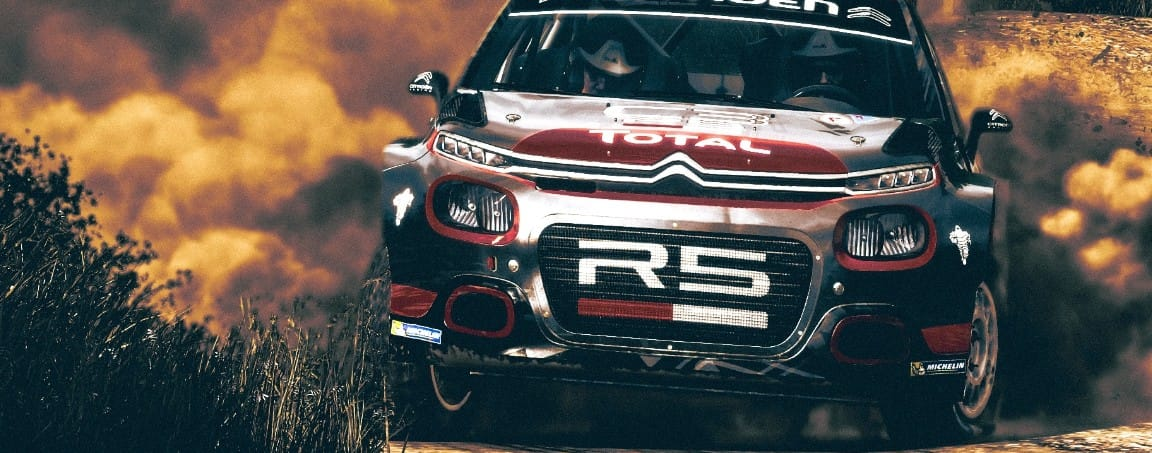The Art of the Perfect Drift—My Love for the Edge


Back in the day, in the same year "Drifting" was born in Japan, I had just gotten my license and was already sliding my car’s rear end out in fresh snow—before anyone even knew what it was called. That pure, unfiltered thrill of losing control just for a moment? It’s addictive. That was 1986 in the serpentine touge hills of Tokyo. It would take decades to make it in America. Now, professionally, it's in the league of NASCAR.
I spent days mastering the art of sliding—most memorably on the roof of the then-world’s largest mall, West Edmonton Mall. Climbing to the top of that parking structure, I learned how to lose control—and more importantly—how to regain it. Christmas Day, 1989, I spent hours pushing my car to its limits, feeling the thrill of the slide and the rush of control.
My local gravel pit where people go to drift, my contribution to the craft.
Fast forward to 2025, and I’m now owning 50 driving games, each powered by cutting-edge physics engines that mimic real-world handling. Today’s simulations are so precise, they make learning to drift almost too easy—and yet, the thrill remains just as raw as those snowy nights.
Today, drifting isn’t some secret—it’s a global phenomenon. If you’re into sim racing, chances are you’ve already spun a wheel or two in a drifting game. But nothing beats the real deal: the rush of breaking traction on a rear-wheel drive, feeling the weight shift, and dancing on the edge of control.

You can trigger that moment with a quick pull of the handbrake—usually linked mechanically to the rear brakes—and suddenly, you're steering with the throttle and steering wheel, not just the pedals. The feeling? Explosive. It’s like a high-wire act on four wheels, a pure test of skill, finesse, and guts.
There’s an unmatched thrill in nailing a rear-end drift while simultaneously downshifting into a curve. It’s a dance—an almost primal harmony with the car and the elements around you. Man versus machine, man versus nature—an intense, beautiful battle.
It’s like orchestrating a complex symphony of physics, where every shift, every flick, is a calculated move. I often imagine how a bird feels landing on a telephone cable—balancing with delicate precision, shifting weight, and feeling the subtle vibrations beneath its wings. That’s what drifting is to me: a delicate, exhilarating balance of control and chaos.
Once you experience it, every other driving thrill, even speed, pales in comparison. It’s pure, raw, and deeply satisfying—a moment where physics and instinct collide in perfect harmony.
If I could only watch one sport forever, it’d be snooker. But drifting and rally? They’d definitely be contenders. They’re a dance of precision, courage, and raw adrenaline—something every driver should try at least once. And if you ever lose control accidentally while driving, you will have been in that situation before, so a knee-jerk reaction could be self-reliance, confidence, and mastery.
Learn the craft. Feel the slide, embrace the chaos, and discover the pure joy of the drift. It’s nature’s way of reminding us that sometimes, losing control is the best way to feel alive.
